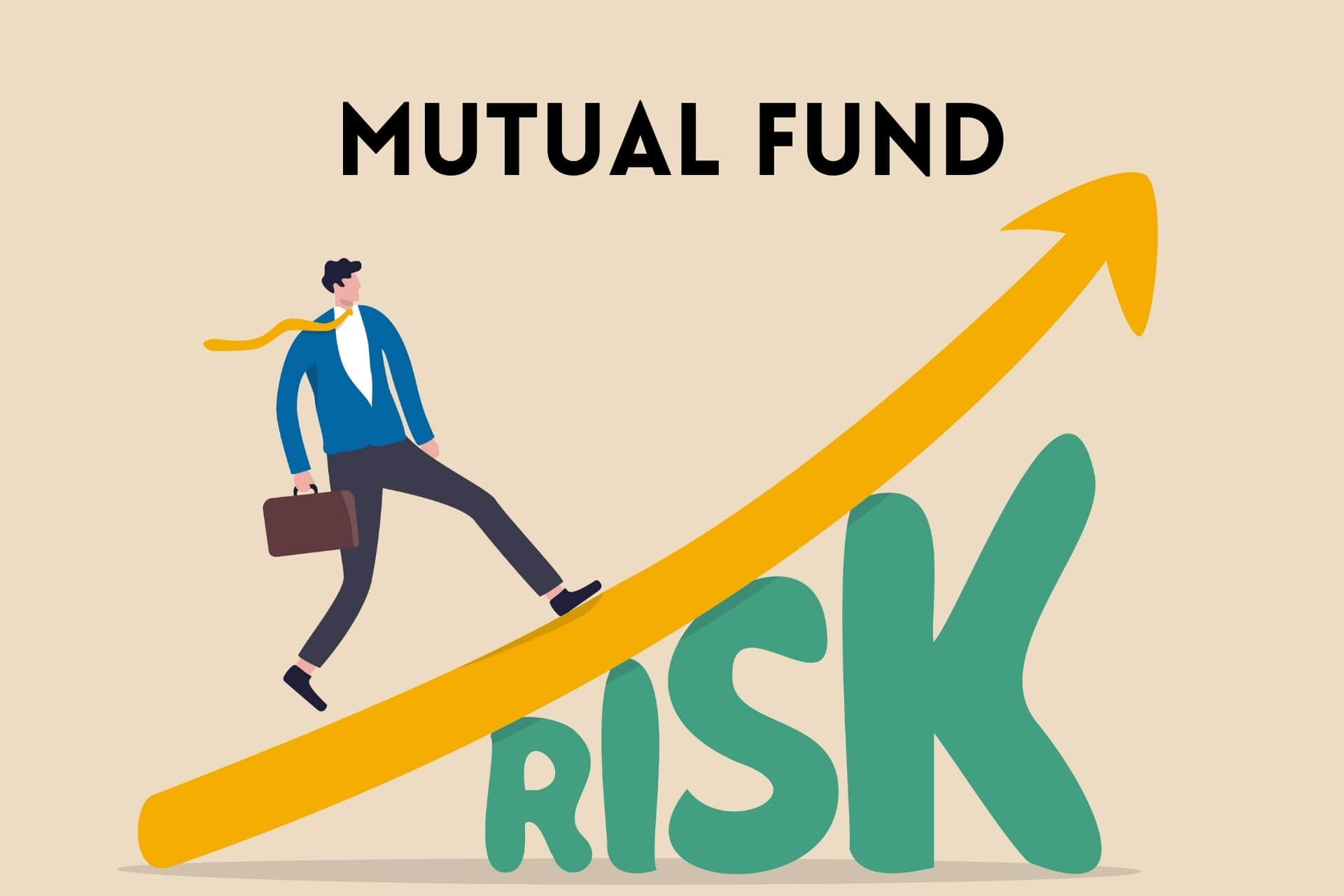Understanding Types of Mutual Fund Risks: “Mutual Fund Investments are subject to market risks.” We have come across this quote numerous times. But what exactly are these market risks and why do they arise. Keep Reading to find out!
Table of Contents
Mutual Funds Investment Basics
Mutual Funds are investment options where a collection of investors pool their funds which are then taken care of by a market expert known as an investment manager.
What the investment manager does here is he takes this pool and further invests in companies he feels provide the best investment opportunities among alternatives. But it is not necessary that these investments will always be secure as these securities have multiple factors affecting their price every day.
The price of these securities in turn affects what we know as the NAV which is simply the market value of all the investments held by a fund minus the fund liabilities divided by the number of units.
As this NAV depends on the underlying investments, the rewards and risks that accompany them are carried forward to the investors of the mutual fund. This makes it important to know about these risks to make informed decisions while investing.
Risks Associated with Mutual Funds
Below are the five types of mutual fund risks –
1. Market Risk
As mentioned earlier mutual funds invest in a variety of securities whose prices fluctuate due to the market risk. Market risk arises if these securities perform poorly in the market. Their poor performance can arise due to several factors rising in the markets. These could range from new policies implemented by the government that may be viewed as unfavorable to the economy, high rates of inflation, natural disasters, economic cycles. Etc.
Although a company may be performing exceptionally well, its price may still get affected due to the market reaction or in other words markets predicting that the company may be affected in the future. Since the fund invests in these securities this, in turn, affects the mutual fund.
2. Liquidity Risk
This risk in simple terms refers to an investment’s ability to be converted into cash whenever needed. There are a variety of investment options available in the market. At times investments come with certain restrictions like lock-in periods which further reduce the ability of an investor to convert his investments into cash.
One of the best examples, in this case, is Equity Linked Saving Schemes (ELSS). ELSS funds come with a 3-year lock-in period. This in turn could affect an investor when he is in need of liquidity during the 3-year lock-in period.
ALSO READ
3. Concentration Risk
Mutual funds invest in a variety of investments. The concentration here refers to the portfolio of the mutual fund investing only in a particular type of security or only in similar companies. This could be due to the investment managers prefers to invest only in blue chip securities or a particular sector.
It could affect the investor as any changes affecting these types of securities are carried on to him. An as the portfolio isn’t diverse enough there aren’t other options that cover or make up for the losses that arise due to this.
One of the best ways to counter this risk is by diversifying your portfolio. Every mutual fund discloses their type of securities that make up its portfolio and the portfolio composition. It is best to invest in funds that offer added diversification and aren’t limited to securities or sectors.
4. Interest Rate Risk
The Interest Rates are set by the RBI and are used to counter or match the country’s economic needs. These interest rates affect the credit flow within the country in turn affecting the demand, supply, consumption, etc. Debt securities are affected the most by changes in these interest rates.
Say for example an investor commits himself to an investment that offers a 6% return. Thanks to the interest rate changes other alternatives now provide a higher interest rate. The investor now misses out on the added interest made available in other investments. These interest rates further affect the price of the securities too.
It is generally debt funds or funds with a major portion of their portfolio invested in debt securities that are most susceptible to this risk.
5. Credit Risk
Credit Risk arises when the investment fails to pay the promised interest. Generally, when issuing debt the funds are raised from investors while promising them returns at a given interest rate. But it is not necessary that these rates will be met as the returns are dependent on the performance of the company.
In a situation where the company enters a crisis, it will either default or provide returns at a lower rate. It is always best to look at the credit rating given by agencies like CRISIL, Standard and Poors’s and Fitch, etc.
A simple rule of thumb is an investment with a high rating are safer and better alternatives in comparison to those with lower ratings. It is best to have a look at the quality of the fund portfolio based on the ratings given by these agencies to the individual securities.
Quick Read
Closing Thoughts
One of the best ways to counter these mutual fund risks is to invest in funds that have diversified portfolios with no or reduced lock-in periods and whose risk appetite suits yours. Remembering the golden rule always goes a long way “Higher the reward, higher the risk”. Happy Investing!

Aron, Bachelors in Commerce from Mangalore University, entered the world of Equity research to explore his interests in financial markets. Outside of work, you can catch him binging on a show, supporting RCB, and dreaming of visiting Kasol soon. He also believes that eating kid’s ice-cream is the best way to teach them taxes.







